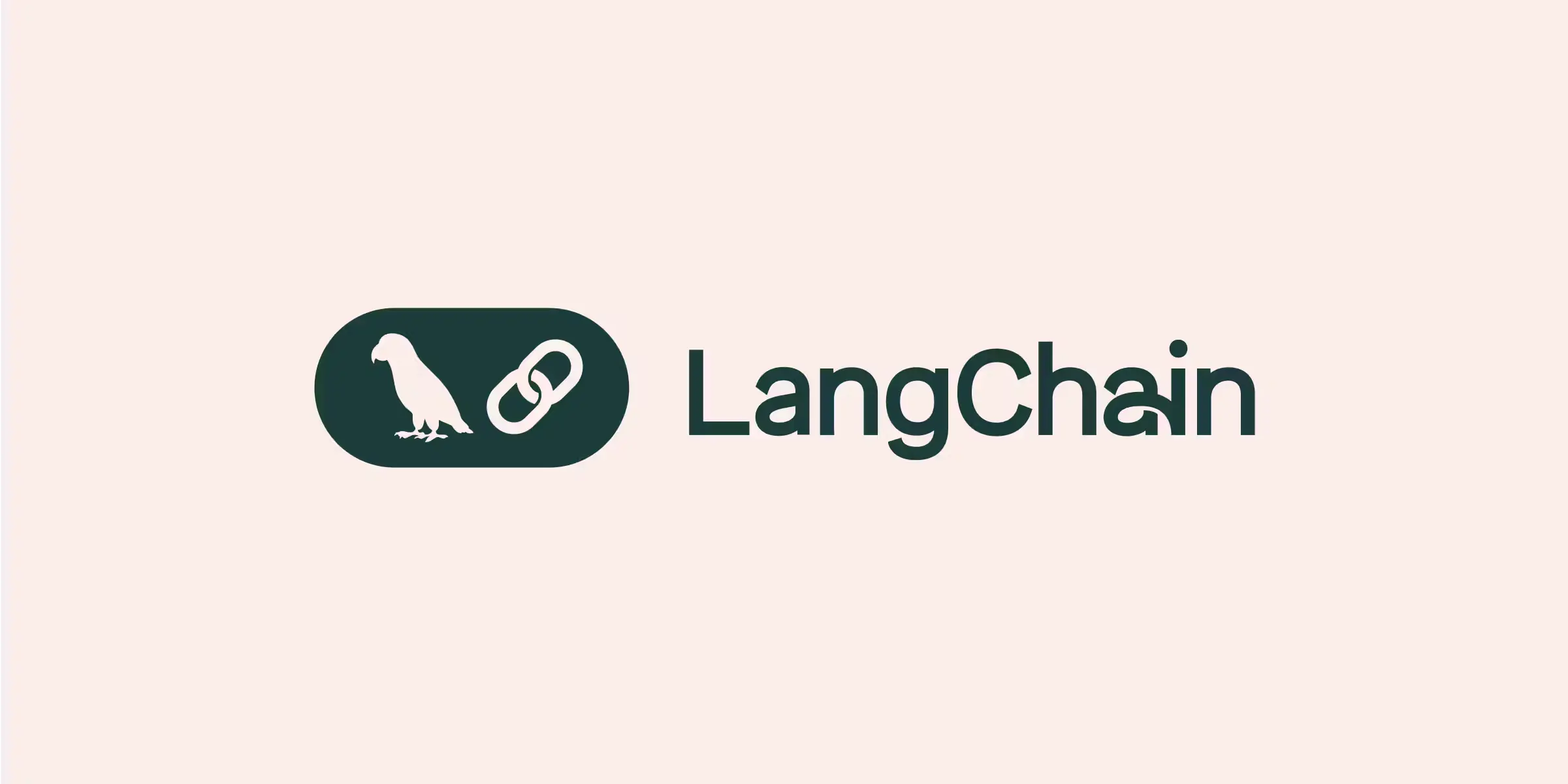Demystifying LangChain: A Practical Introduction to Building with LLMs


ElPeeWrites08 Apr 2025
LangchainAi toolsLlm
The rise of Large Language Models (LLMs) like GPT-4 and LLaMA has unlocked a world of possibilities for building intelligent applications. From text generation to powerful problem-solving, LLMs have taken the world by storm. But creating AI-powered applications is still a challenge, especially when you're dealing with integrating multiple components, data sources, and workflows.
That's where LangChain comes into play.
LangChain is a framework designed to make it easier to build apps that integrate with LLMs. Developed by machine learning expert Harrison Chase in 2022, LangChain bridges the technical gap between powerful language models and the complex, real-world applications developers are trying to build.
What is LangChain?
At its core, LangChain is a modular framework that simplifies the process of building applications using LLMs. It offers a standardized interface that allows you to connect LLMs with various data sources, such as databases, documents, and APIs. This integration allows your app to leverage not just the language model, but also external information to generate more accurate, context-aware responses.
How Does It Work?
Imagine you're building an app where a user can ask a question about a specific topic. LangChain will do the heavy lifting by using an LLM to understand the question, process it, and generate an answer. But here's the kicker: it can also pull in data from external sources (like a database or document) to enhance the response.
In simple terms, LangChain augments the abilities of the LLM by giving it access to external, specialized data, making your app smarter and more adaptable.
Key Features of LangChain
LangChain’s capabilities are vast, but here are a few standout features that make it a favorite among developers:
- Model Interaction: LangChain can interact with various language models, managing inputs and handling outputs efficiently.
- Flexible Integration: Whether you’re working with OpenAI, Hugging Face, or other AI platforms, LangChain makes it easy to integrate and manage these services.
- Customization: It offers tons of customization options, allowing you to tailor workflows and components to suit your app’s specific needs.
- Modular Architecture: The framework is built on reusable components and chains, which allows for building complex workflows without reinventing the wheel.
The Core Building Blocks: Components and Chains
LangChain is all about components and chains. Let’s break them down:
- Components: These are individual modules that perform specific tasks. For example, one component might handle data preprocessing, while another might manage the connection to an LLM.
- Chains: A chain is simply a series of components working together. Think of it like a pipeline — data flows through each component in the chain, and the final output is the result of this process. Chains are the backbone of LangChain's workflow orchestration.
By combining components into chains, LangChain allows you to create a diverse range of applications, from simple question-answering systems to complex, multi-step workflows.
💡 Example: Guess the TV Show with LangChain
Let’s walk through a small example to see how easy it is to get started with LangChain. We’ll build a simple Python app that reads a file, passes its content to GPT-3, and asks the model to guess which TV show it’s from.
Create a new file called app.py and follow the steps below:
Step 1: Import LangChain
from langchain.llms import OpenAI
Step 2: Read data from a file
def read_data_from_file(file_path):
with open(file_path, 'r') as file:
return file.read()
Step 3: Set up GPT-3
gpt3 = OpenAI(api_key='YOUR-OPENAI-KEY')
Step 4: Create prompt and get a response
def get_response(prompt):
return gpt3(prompt)
Step 5: Put it all together
file_path = 'data.txt'
external_data = read_data_from_file(file_path)
prompt = f"Based on the following data: {external_data}, what TV show is this about?"
print("Response:", get_response(prompt))
Step 6: Create the data.txt file
In the same directory, create a file called data.txt and paste in a famous line or quote from a TV show. For example:
Now this is a story all about how my life got flipped-turned upside down...
This will help GPT-3 identify the show (in this case, The Fresh Prince of Bel-Air).
Now just run the script:
python app.py
And you’ll get a response like:
Response: This is the opening theme song for the popular 1990s TV show "The Fresh Prince of Bel-Air".
That’s it! You just built your first LangChain-powered app.
Why LangChain Is Useful
LangChain simplifies the complexities of working with language models and external data. With its modular design, it helps you build smarter, more efficient AI applications. Whether you’re developing a simple chatbot, a data-processing tool, or a more complex AI-powered app, LangChain provides the infrastructure to integrate data sources, manage workflows, and make your LLMs even more powerful.
By handling the tedious technical setup and offering a structured way to manage components and chains, LangChain lets you focus more on creating cool AI features than worrying about the underlying complexity.
Get Started with LangChain Today
LangChain has made AI development accessible to a broader audience. Whether you're a seasoned developer or someone just starting with AI, LangChain helps you quickly build powerful applications that make full use of LLMs. Start experimenting with LangChain today, and discover how it can enhance your own AI projects!
https://python.langchain.com/docs/tutorials/
Next Up
Build an End-to-End Smart Semantic Search App Using LangChain

ElPeeWrites08 Apr 2025
LangchainAi toolsLlm